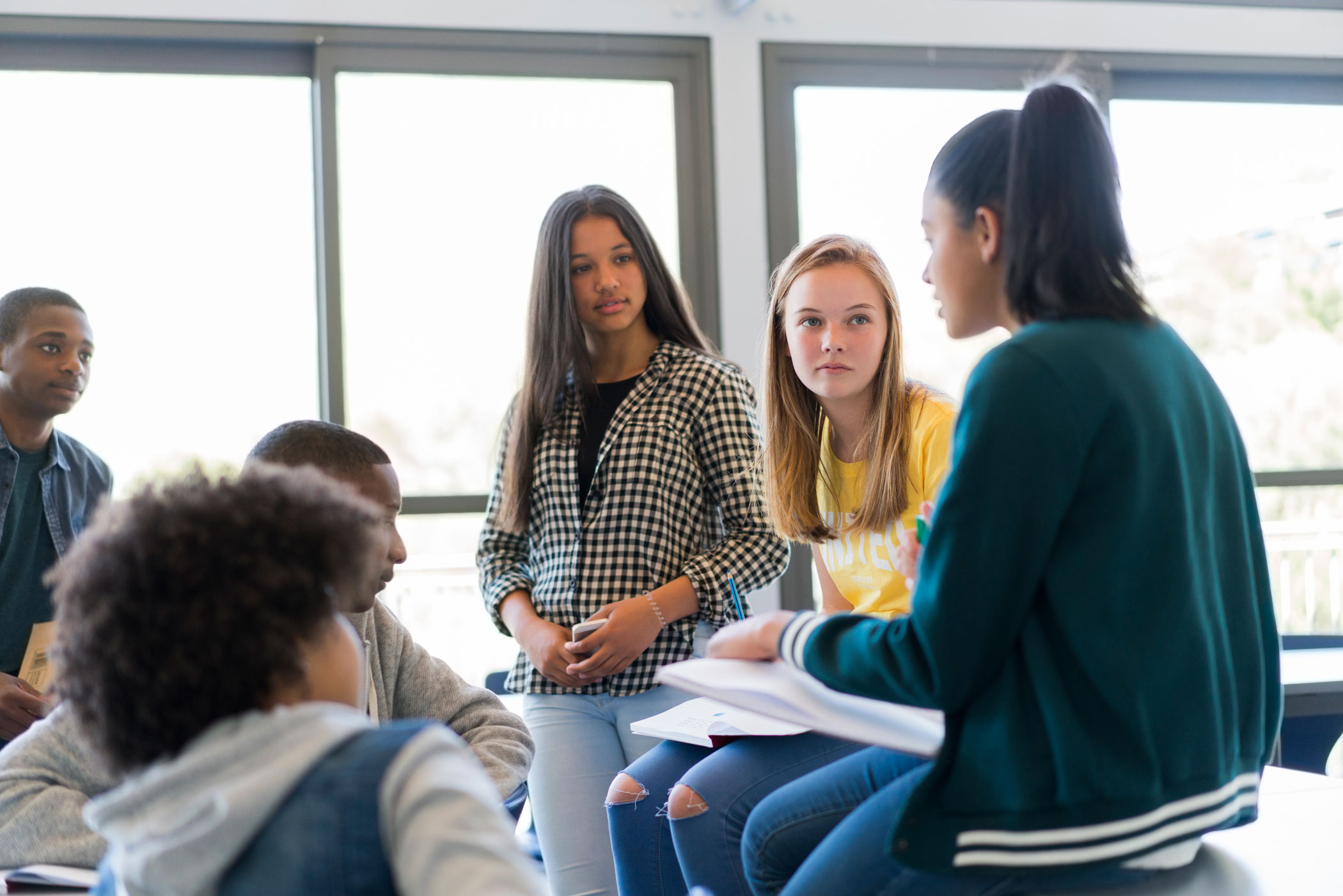
iStock


In fostering inclusive, equitable and safe schools, we encourage educators to develop group guidelines for respect and safety in the classroom. These classroom guidelines can be created in a variety of ways and the list typically includes recommendations such as: share air time, actively listen, show empathy, respect confidentiality, participate fully, assume good will, be sensitive to feelings, and others. However, there is often a need to go further and frame guidelines around the concept of bravery instead of safety.
There are a few reasons for this. While these group agreements work for some, they don’t always help everyone feel safe, respected or included. For example, people of color and/or those who are members of marginalized groups may want to share real and sometimes harsh testimony about their experiences, something they might need to do in order to feel included and be able to participate. They may want to caucus with others in their same identity group in order to feel safe. Or, they may feel that being able to challenge others’ bias is what is necessary to build empathy. Therefore, what they require to feel safe may not subscribe to the typical list of guidelines. In addition, sometimes when those who feel marginalized express strong feelings and ideas, the people in majority and/or power groups sometimes say they feel “unsafe.”
In diverse groups and especially when the goal is equity and safety for all, it is important to be aware that the word “safety” is open to interpretation and how it is understood depends on the person. This means people have different ideas about what it means to “feel safe,” “assume good will,” “participate fully,” etc. These different perspectives may be attributed to whether one is part of a marginalized or majority group in school or society.
One example that illustrates this is the concept of “assuming good will.” This may seem like a guideline everyone can agree to. However, if you belong to a marginalized group that has been harmed in the past by these conversations—by other students’/participants intent or impact—you may not be able to assume good will. In fact, it may be safer to assume the opposite or at least be neutral about trusting that there is positive intent on the part of others.
Brave is defined as: “To have or show physical, emotional or moral strength in the face of difficulty, danger or fear.” When you’re brave, you do something that is hard for you. In a classroom or group, bravery goes both ways—giving and receiving. This means taking a risk to say something that is difficult or scary. It is also brave to listen fully and hear hard things that people may tell you. A brave space is one in which we accept that we will feel uncomfortable and maybe even defensive when exploring issues of bias, injustice and oppression. A brave space is one in which we take risks, doing so with care and compassion.
(Keep in mind that it's ideal that the list is generated by the group.)